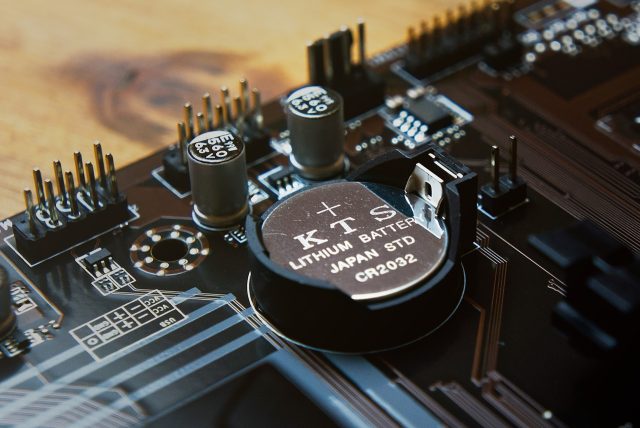
From Berlin, Ursula von der Leyen unveils a bold initiative to secure Europe’s independence in critical raw materials, echoing the unity and urgency of the EU’s Covid-era vaccine strategy.
At the Berlin Global Dialogue Forum 2025, European Commission President Ursula von der Leyen delivered a message that resonated across industries and capitals alike: Europe must fight for its independence. With this declaration, she introduced “RESourceEU,” a new European Union initiative designed to reduce the bloc’s dependency on China for rare earth elements — critical raw materials that underpin technologies from electric vehicles to fighter jets.
“Over 90% of our consumption of rare-earth magnets comes from China,” von der Leyen reminded the audience. “This represents a major risk for Europe and for our most strategic industrial sectors.”
What Rare Earths Are — and Why They Matter
Despite their name, rare earths are not actually rare. They comprise a group of 17 chemical elements that are relatively abundant in the Earth’s crust. However, finding deposits that are economically viable to mine is difficult, and the extraction and refining processes are highly complex and environmentally taxing.
These materials are indispensable to modern industry — powering the global economy of the 21st century. They are used in wind turbines, electric cars, smartphones, semiconductors, defence technologies, and satellites. China currently dominates the market, controlling about 70% of global extraction and 90% of processing and refining capacity.
Beijing’s tightening of export controls in recent months has sent shockwaves through supply chains worldwide, leaving European and American firms scrambling for alternatives. The situation recalls Europe’s previous energy crisis — when its dependency on Russian gas was exposed after the invasion of Ukraine.
From “REPowerEU” to “RESourceEU”
To tackle this new vulnerability, Brussels is now deploying a similar approach to the one that helped it weather the energy storm. The RESourceEU plan, modeled after the REPowerEU strategy launched in 2022, seeks to diversify sources, strengthen internal production, and build strategic resilience.
“Whether it’s about energy, raw materials, defence, or digital technology, Europe must fight for its independence,” von der Leyen declared. “We learned this lesson painfully through energy. We will not repeat it with critical raw materials.”
While reducing gas imports from Russia took several years and immense coordination, rare earth independence may prove even more complex. Mining projects can take a decade or more to come online, and Europe currently lacks much of the processing infrastructure that China controls. Nevertheless, Brussels’ direction is clear: ensure secure, sustainable access to raw materials essential to Europe’s industrial renewal.
Diplomatic and Economic Dimensions
Von der Leyen emphasized that the EU will continue dialogue with China but warned that Europe is ready to use “all tools at our disposal” if necessary. She underscored the need for a coordinated G7 response while framing the issue as a structural challenge, not a temporary trade dispute.
Simultaneously, the EU is moving swiftly to diversify its supply chains. Negotiations are underway with India, with the aim of sealing an agreement by the end of the year. Talks are also progressing with the Philippines, Thailand, Malaysia, and the United Arab Emirates, among others.
“These new partnerships will open emerging markets, strengthen economic security, and prevent bottlenecks in our supply chains,” von der Leyen said. “Europe must use its geoeconomic weight to advance its own interests.”
Inside the RESourceEU Plan
Following von der Leyen’s announcement, EU Industry Commissioner Stéphane Séjourné provided more details about how the plan will work. RESourceEU will focus on three main pillars:
Boosting domestic production of rare earths within the EU, supported by incentives for exploration, sustainable mining, and recycling.
Diversifying imports through strategic partnerships with resource-rich nations beyond China.
Securing the value chain via a joint European purchasing and storage mechanism, inspired by Japan’s strategic materials reserves.
This last component could become a game changer, allowing EU member states to pool demand and coordinate stockpiles — ensuring stability during market disruptions.
“United as We Were on Vaccines”
Achieving these goals, however, will require unity across all 27 member states. Commissioner Séjourné invoked the EU’s pandemic response as a model of collective action: “What we did for health with the Covid vaccine, we can do for our economic and national security with raw materials.”
The RESourceEU initiative thus embodies more than a trade strategy; it is a geopolitical statement about Europe’s will to act as a cohesive power in an increasingly fragmented world. If successful, it could mark the beginning of a new era — one in which Europe not only adapts to global crises but shapes its own destiny.



 Subscribe
Subscribe